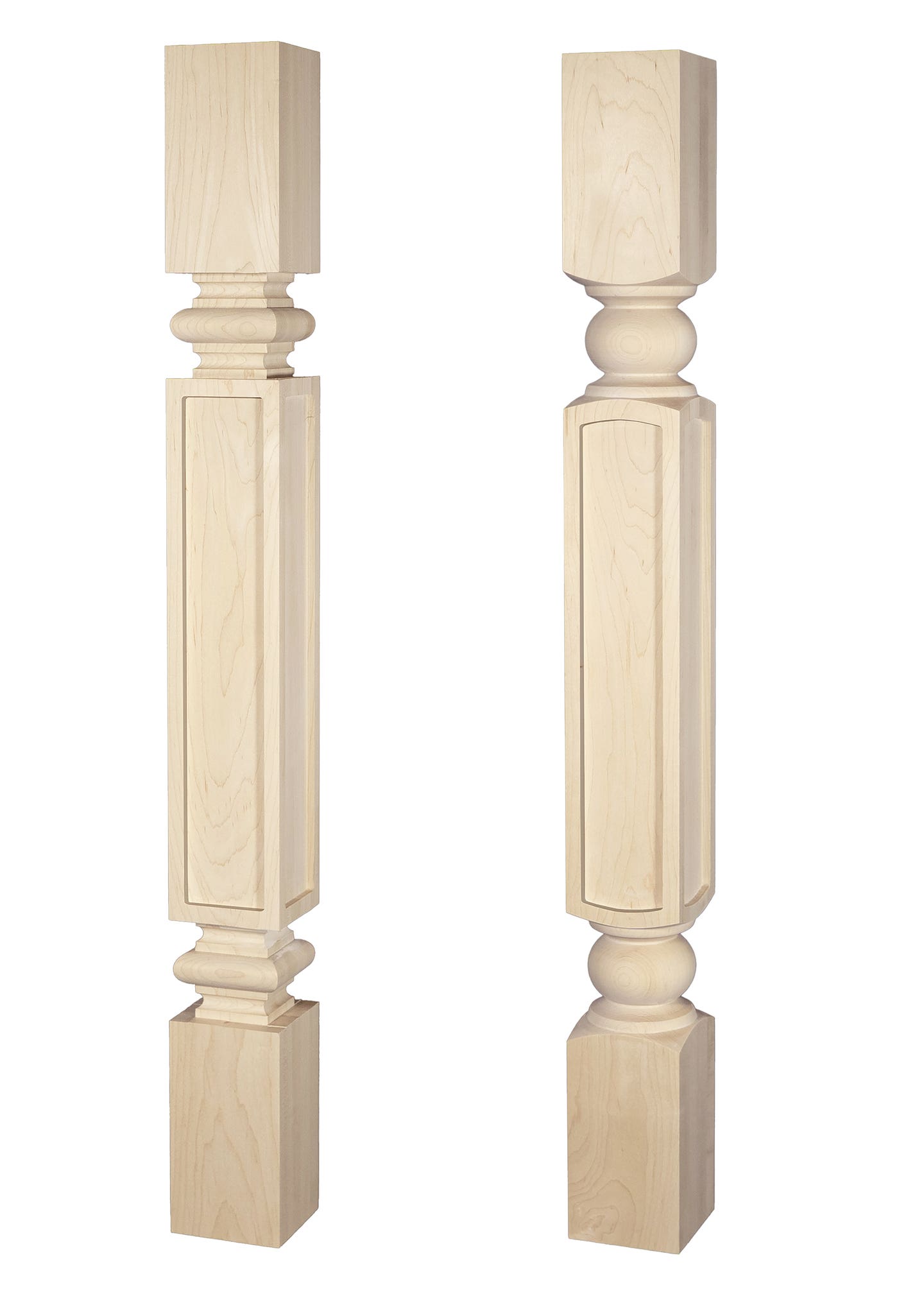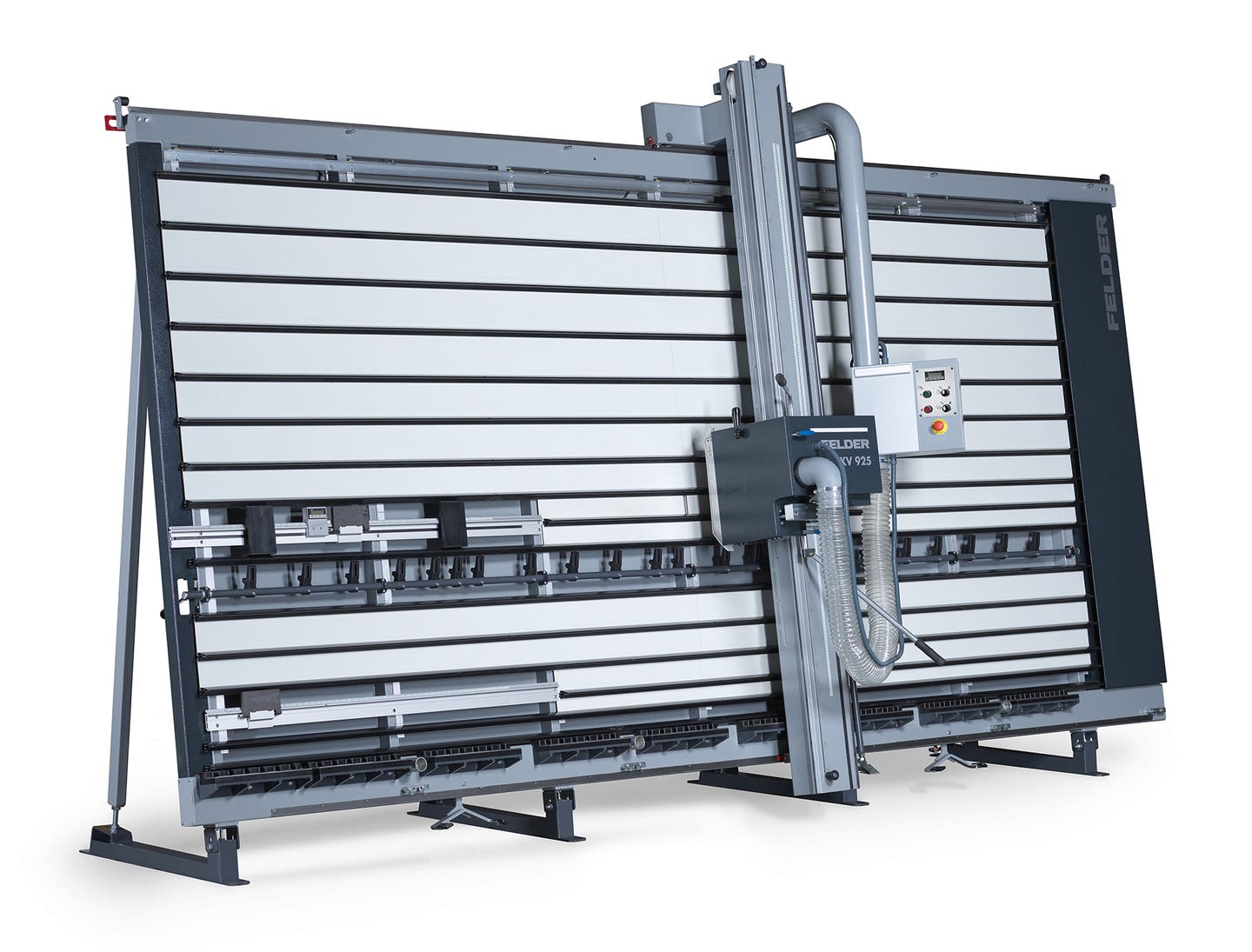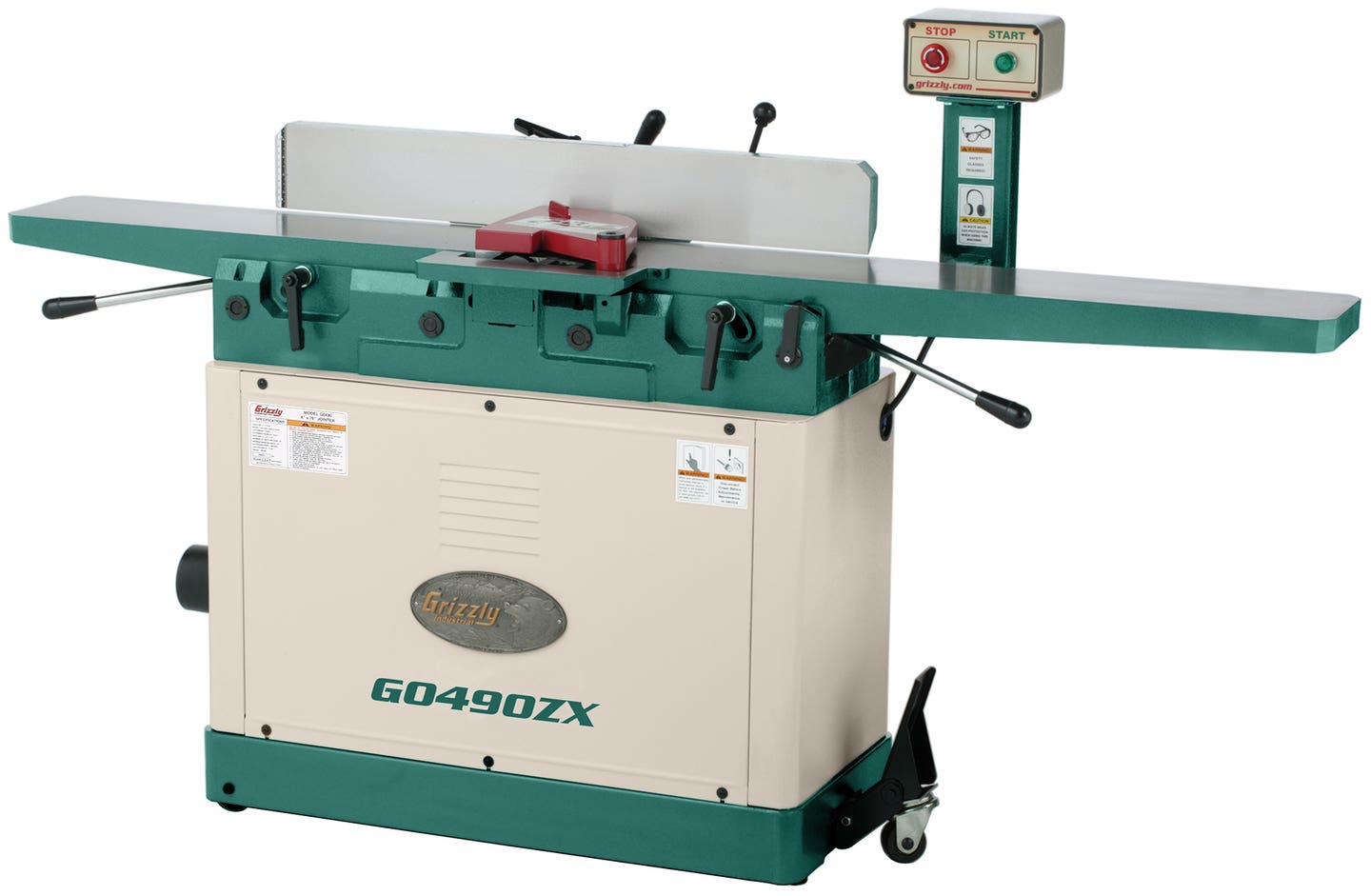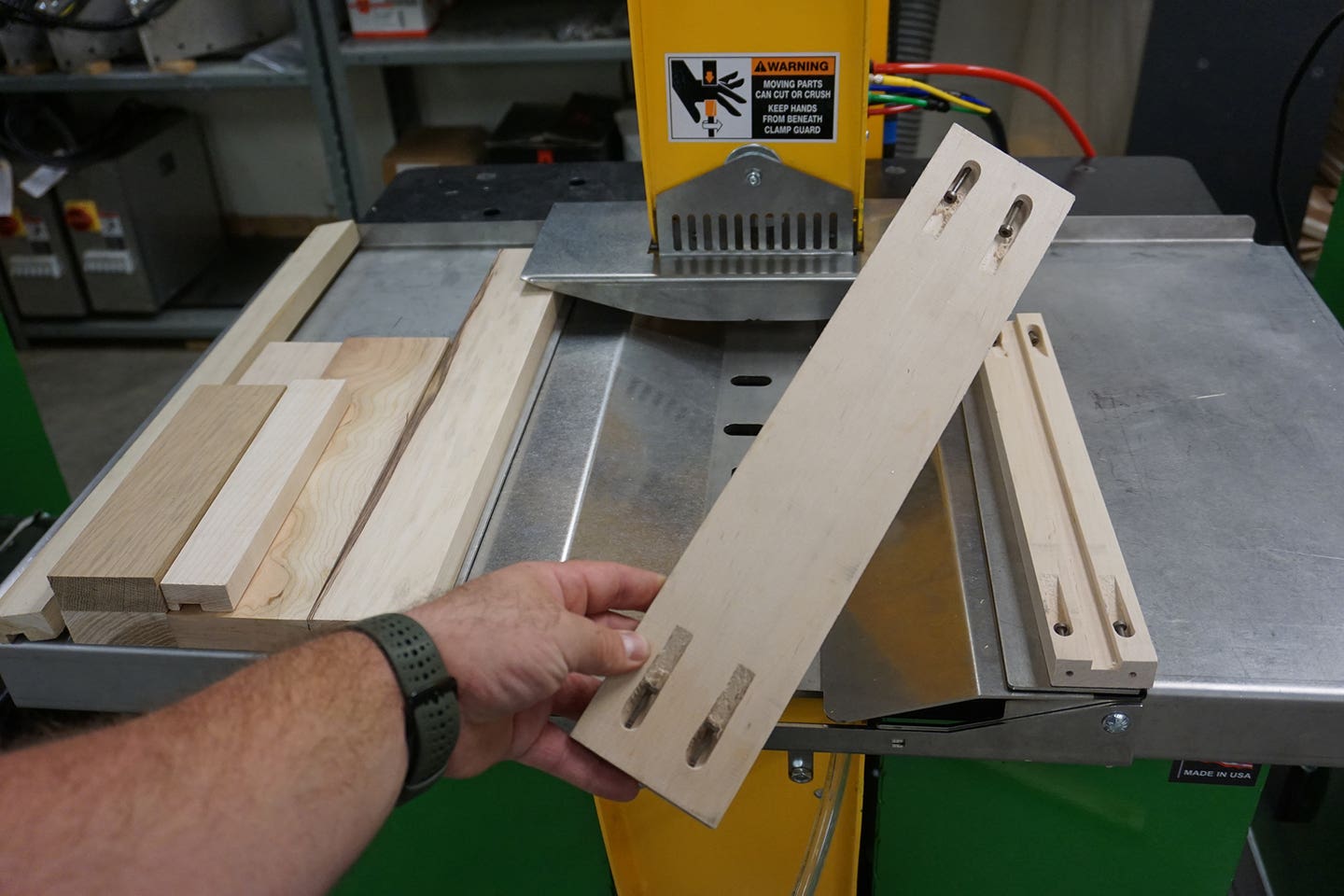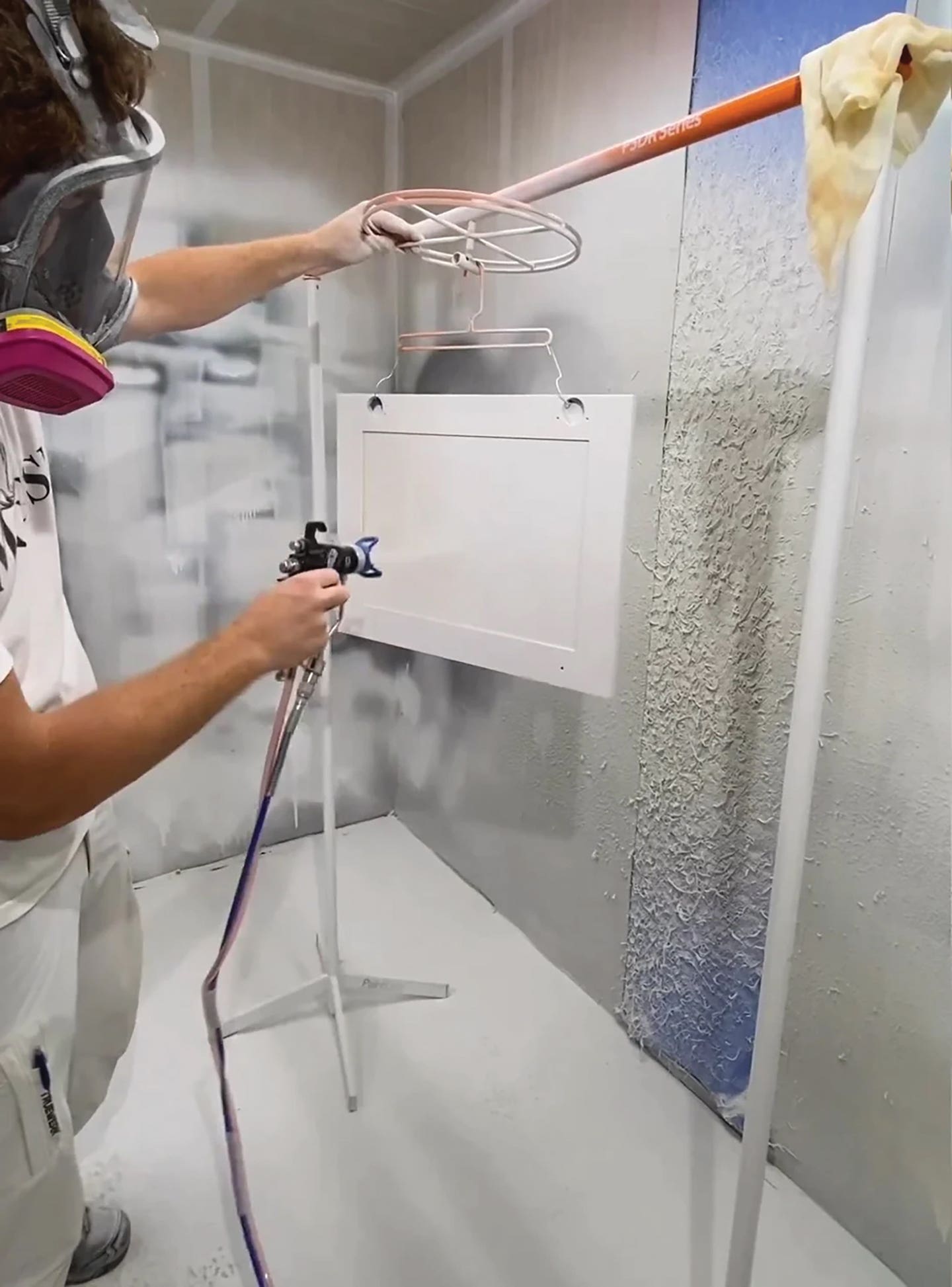Delta ready to roll out improved Unisaw
It’s fair to say Delta has been very deliberate in its redesign of the Unisaw. Six years of engineering, testing and research have gone into the new 10″, left-tilt table…
It’s fair to say Delta has been very deliberate in its redesign of the Unisaw. Six years of engineering, testing and research have gone into the new 10", left-tilt table saw, scheduled for release in April.
“It was strongly user-driven and the processes it took to make such a dramatic change in the design, particularly in the trunnion, took some time to get it right,” says Delta product manager Michael Boie. “And the market changed. We saw dust collection become extremely important, particularly in the last four years. Guarding also became a very important piece of this saw so we had to slow things down a little bit because we wanted to make sure we launched a saw with what we feel is the best, easiest-to-use guard in the marketplace.
“We sure wish we did it faster, but we’re happy that it took a little bit longer because we know for sure it’s right.”
During the design process, Delta visited more than 1,000 individual users and more than 40 distributors. “That’s what drives our development process,” says Boie. “There was a lot of component testing in the field before it ever got put on the working prototype. I’m trying to think if there’s any shared parts on the old and new Unisaw, and the answer is no.”
The new Unisaw features a single-cast or one-piece trunnion, the assembly that holds a saw’s arbor to the underside of the table.
“I’d say more than 90 percent of the table saws in this category in the marketplace are built out of multiple pieces of cast iron, bolted together to create that sling that goes from the front to the back of the cabinet. Each piece is milled to a tolerance and when you bolt them together, you have to stack all those tolerances together. So if anyone of those milling processes is not done correctly, your stack-up tolerance is very quickly exceeded. If your trunnion’s not in alignment, your arbor’s not in alignment, which makes your blade not in alignment.
“We also found by making this massive one-piece trunnion it helps dampen vibration.”
Both the blade height and bevel cranks have been positioned in the front of saw, surrounding a speedometer-style bevel gauge. There’s a locking mechanism in the center of each crank, activated by a smooth twisting motion.
“We tried to figure out how can we make a gauge with a pointer accurate? What type of mechanism has to be inside to make it sealed from dust and provide accuracy when it comes off the cranking of the trunnion. It took some work, to put it lightly, to give the accuracy within a quarter of a degree.”
The saw also features an enlarged cast-iron tabletop. The new Unisaw has an extra 15" in front of the blade, intended to provide greater control when cutting sheet goods. Delta says it also made the space behind the blade wider and deeper for increased stability when running large pieces of wood through the saw.
Overall, the Unisaw contains about 97 lbs. of cast iron in the tabletop and base. The enclosed cabinet, which has two hinged doors, is made from heavy-duty sheet metal.
Delta has selected a Marathon motor to power the saw, available in 3- and 5-hp single-phase configurations (a 3-phase motor will be available in May), and has increased the throat opening, providing more space to change blades, install dado sets or molding cutters.
A push-button arbor lock requires just one wrench to change a blade. The arbor nut is a one-piece washer and nut assembly that is prevented from sliding off the shaft. With this saw, the days of dropping the nut inside the cabinet and fishing it out of a pile of sawdust are over.
The Unisaw also features a “true” rise-and-fall riving knife, which is raised and lowered by a lever for through and non-through cuts. The entire guard assembly and anti-kickback pawls can be added or removed without tools, and the guard’s split-back design allows the user to see directly where the blade contacts with the wood at all times.
Finally, Delta has improved the dust collection, capturing the dust from beneath the blade and from the bottom of the cabinet at the same time with one dust port, added a drawer for blade and saw parts storage, and improved the on/off switch.
“We wanted to make sure that we had a saw that had great dust collection at the blade,” adds Boie. “The shroud has a shape to it that pulls the dust off the bottom of the blade by natural centrifugal force. We also have a 4" hose that comes off the back. Then we learned from users that they want the dust pulled from the blade and the cabinet. So we went back and figured out a way to pull the dust from the shroud and the bottom of the cabinet. We call it bi-level dust collection, which we’re the first on the market with.”
The new Delta Unisaw also comes with a Biesemeyer T-Square fence system, which now features a hairline pointer, built-in tape measure and improved cam lock, a Biesemeyer 4' x 44" outfeed table, and a 50-tooth combination blade.
The Unisaw has a base price of $2,999.
Contact: Delta Machinery, 4825 Highway 45 N., P.O. Box 2468, Jackson, TN 38302-2468. www.deltaportercable.com
This article originally appeared in the March 2009 issue.


